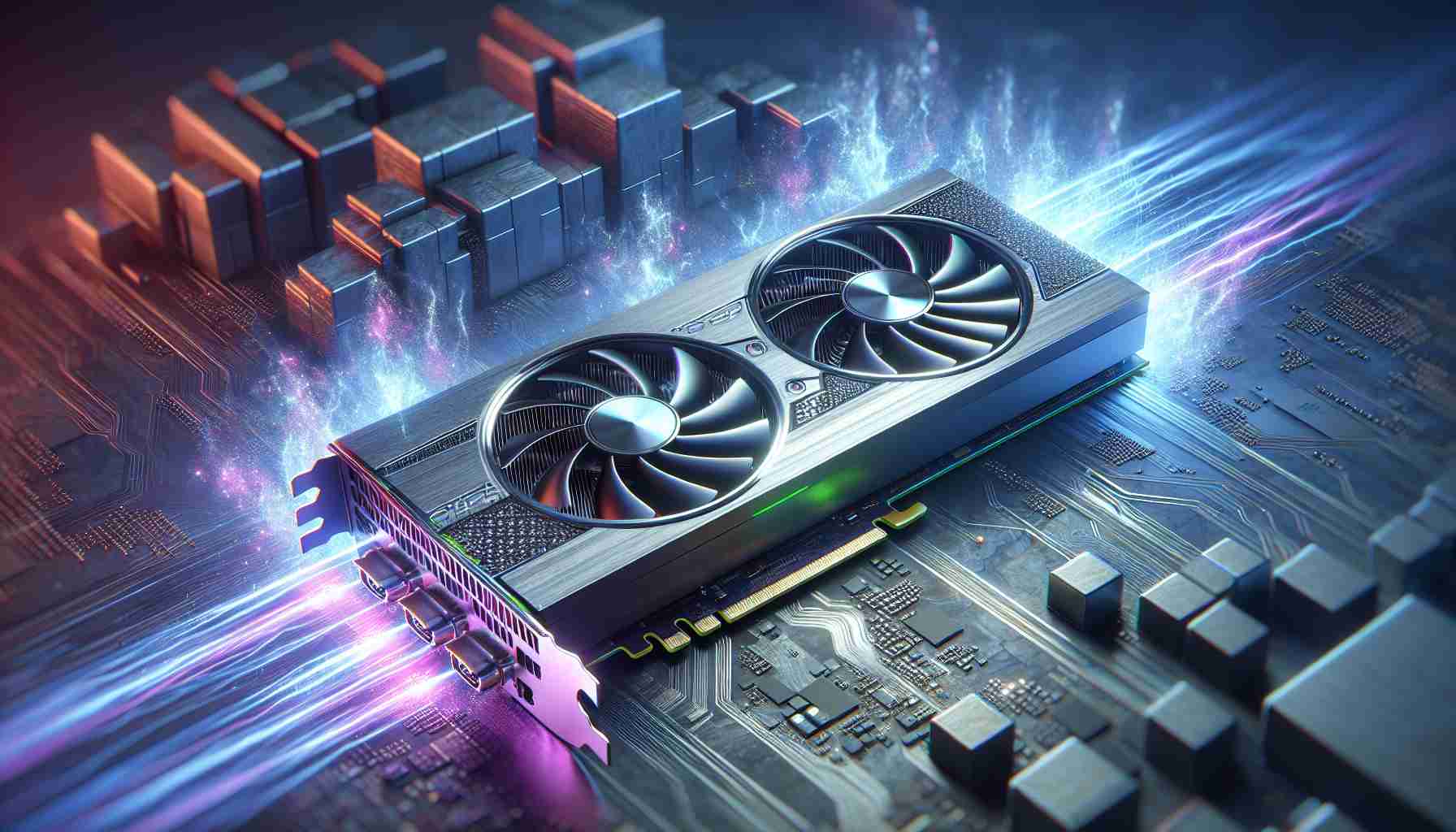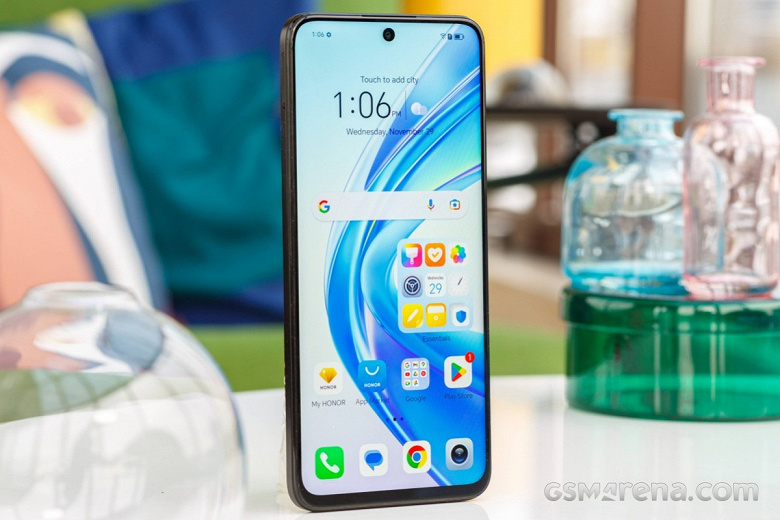Even without extreme loads, consumption can reach 170 watts.
When we compare processors, in most cases, we are interested in performance and its relation to price. In the mobile segment, energy consumption also plays an important role.

Do we need such Intel processors? The Core i9-10900F with a TDP of 65 watts will be able to consume up to 224 watts
Unfortunately, modern realities are such that processor manufacturers (and not only) indicate only the TDP parameter, and this is not energy consumption at all. This is an indicator showing the requirements for the cooling system, that is, if some CPU has a TDP of 65 watts, this means that it is designed for use with a cooling system that can dissipate 65 watts under normal conditions.
However, this is not all. The fact is that each manufacturer interprets this indicator in its way. For example, Intel now this indicator indicates the average value of performance in watts, when the processor power is dissipated (when working with the base frequency, when all the cores are involved) under the complex load determined by Intel.
That is, this is a conditional indicator of “performance in watts”, corresponding to the CPU working with a load on all at the base frequency. Accordingly, with all cores operating at the maximum possible rate, the indicator will be radically different. And in general, TDP is not a calculated indicator, but a selectable one. This is seen when comparing, for example, the Core i3-9100 and Core i9-9900. The second has much higher frequencies and twice as many cores, but they have the same TDP – 65 watts.
Actual energy consumption indicators can only be measured, but even without measurements, they can be more or less accurately known. The fact is that Intel processors have indicators PL1 and PL2. First, Intel recommends setting equal to TDP. It indicates the capable, stable expected energy consumption. PL2 is the maximum peak consumption achieved over short periods.
And it is these limits that are one of the options to increase real productivity when there are no other useful options. And that’s what, judging by recent data, Intel took advantage of the Comet Lake desktop CPUs, which will hit the market in late May.
The source claims that for an eight-core Core i9-10900F with a TDP of 65 W, the PL1 indicator is 170 W, and the PL2 is 224 W! For comparison, even in the Core i9-9900K, the corresponding figures are 95 and 210 watts. The increased power limit will allow the new CPU to work more often at higher frequencies. But for this, you will have to pay not only for energy consumption but also for heating. The source says that under load, the Core i9-10900F heats up to 93 ° C.
According to rumors, the 10-core Core i9-10900K has a PL2 of 250 W, which is comparable to the real power consumption of the latest Ryzen Threadripper.
As a result, Comet Lake-S processors can be significantly faster than their counterparts from the Coffee Lake line, but will users of a CPU with such heating and power consumption need it?









